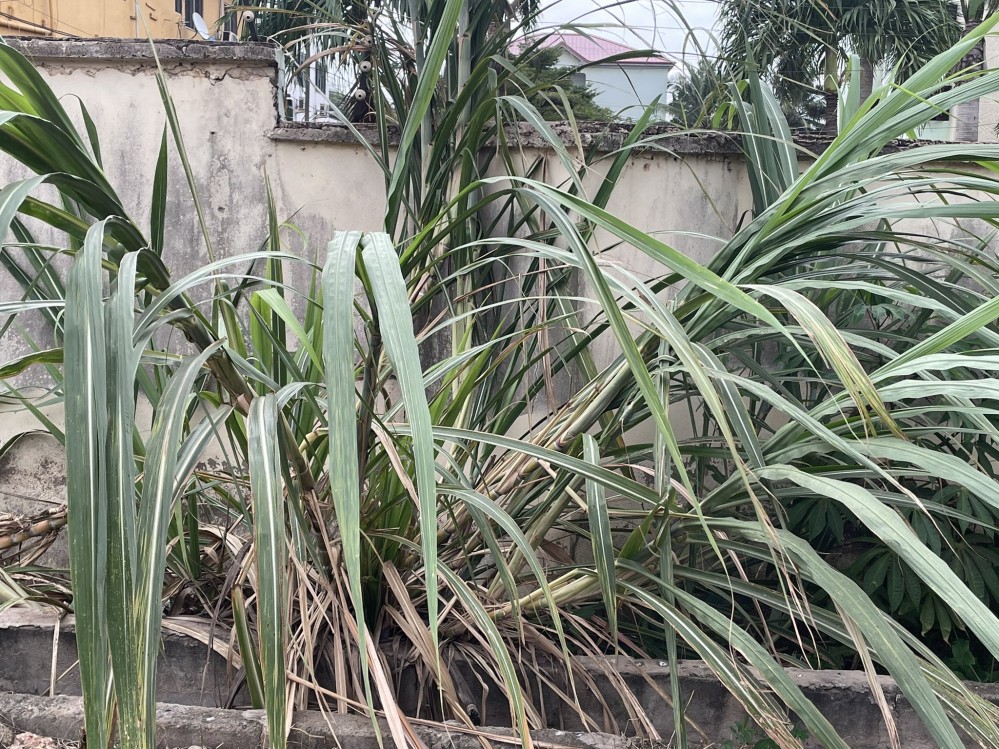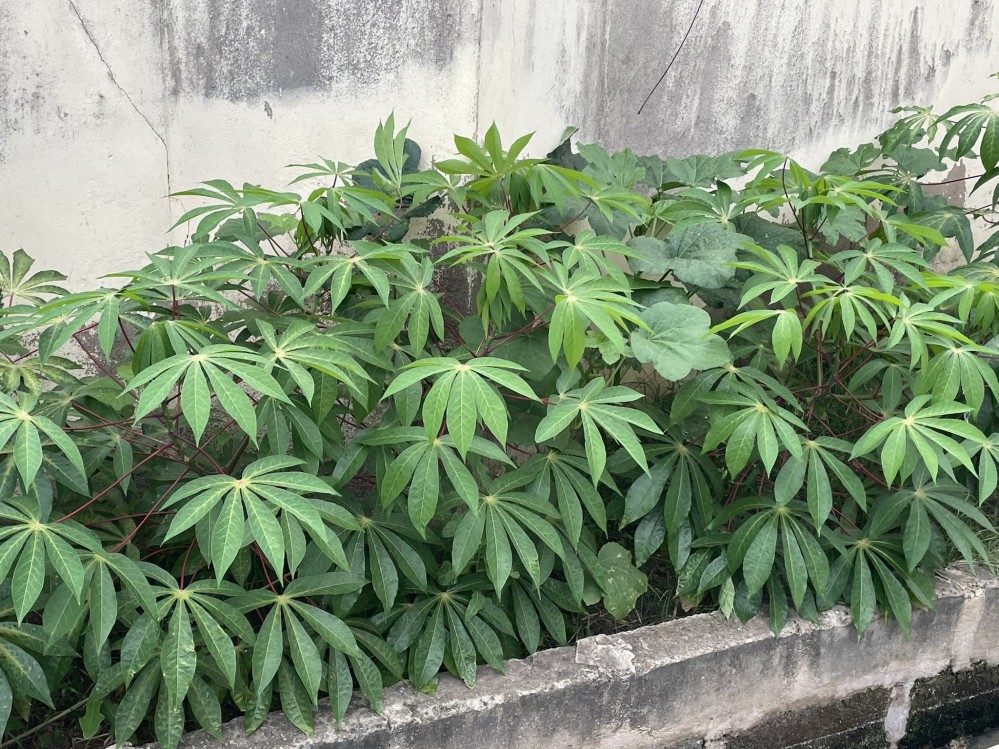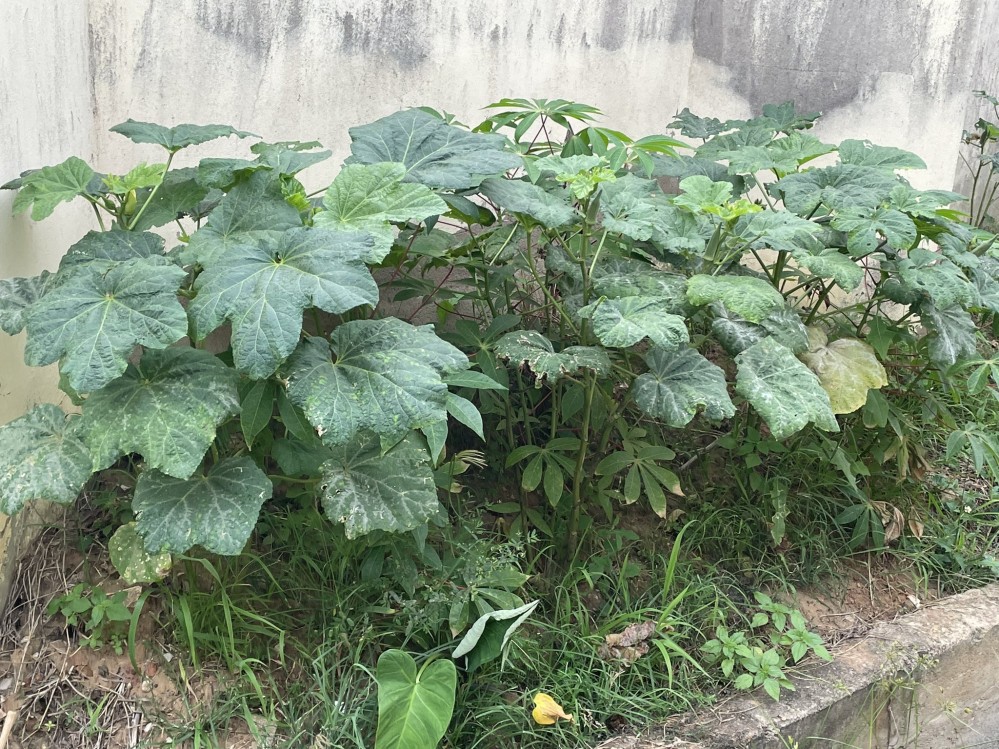Noticing and naming
A reading note on “Landmarks,” by Robert Macfarlane
In Landmarks, Robert Macfarlane returns often to the idea that if you give enough careful attention to literally anything, it will reveal itself to be richly layered. With time, you will acquire new eyes through which the world comes alive.
The book celebrates several careful lookers, like journalist and nature writer Richard Jeffries:
“There are about sixty wild flowers,” he writes wonderfully of one road, “which grow freely along [it], namely: yellow agrimony, amphibious persicaria, arum, avens, bindweed, bird’s foot lotus, bittersweet, blackberry, black and white bryony, brooklime, burdock, buttercups, wild camomile, wild carrot, celandine (the great and lesser), cinquefoil, cleavers, corn buttercup, corn mint, corn sowthistle, and spurrey, cowslip, cow-parsnip, wild parsley, daisy, dandelion, dead nettle, and white dog rose, and trailing rose, violets (the sweet and the scentless), figwort, veronica, ground ivy, willowherb (two sorts), herb Robert, honeysuckle, lady’s smock, purple loosestrife, mallow, meadow-orchis, meadow-sweet, yarrow, moon daisy, St John’s wort, pimpernel, water plantain, poppy, rattles, scabious, self-heal, silverweed, sowthistle, stitchwort, teazles, tormentil, vetches, and yellow vetch.”
And here is Jeffries again, seeing deeply into what others would dismiss as a literal dump.
Repeatedly, Jefferies finds London not to have suppressed nature, but rather to have provoked it to odd improvisations. One winter, he watches a “very large cinder and dust heap” that has been dumped “upon a piece of waste land”, and delightedly records how it has become “the resort of almost every species of bird – sparrows, starlings, greenfinches, and rooks searching for any stray morsels of food”.
I’m ashamed to say that when I read this the first time, the thought that ran through my head was that England was lucky to have so many different types of flora and fauna. It wasn’t until an embarrassingly amount of time later that I realised with a start how absurd a thought this was.
I walk by lots of plants on the street. I just don’t know the names for them.
This is another idea that Macfarlane returns to frequently: when we lack the names for things, they become invisible.
It is not, on the whole, that natural phenomena and entities themselves are disappearing; rather that there are fewer people able to name them, and that once they go unnamed they go to some degree unseen. Language deficit leads to attention deficit. As we further deplete our ability to name, describe and figure particular aspects of our places, our competence for understanding and imagining possible relationships with non-human nature is correspondingly depleted.
I’ve been working at looking a little more deeply around myself and it’s hard to describe how much more alive the world feels. It’s like when you get a new pair of glasses and the colour saturation bumps up a notch.
Paired with that giddiness is an embarrassment at how little I know. These photos are from a patch of earth that I would previously have called “bush,” but now the space feels more dense with meaning, somehow.



Noticing and naming as an exercise in abundance
Consider this list of types of apples:
Roger [Deakin] once sent me a list of the apple varieties in the orchards of Girton College in Cambridge. He read them out when we next met, dozens of them, each a story in miniature, making together a poem of pomes: King of the Pippins, Laxton’s Exquisite, American Mother, Dr Harvey, Peasgood’s Nonsuch, Scarlet Pimpernel, Northern Greening, Patricia and (my favourite) Norfolk Beefing. It was a celebration of diversity and language, and it represented, Roger said, only a fraction of the pomology recorded in the Herefordshire Pomona, the great chronicle of English apple varieties.
There is something about this “poem of pomes” that puts me in mind of several things, all around the matter of abundance. That matter conspires to put itself together in so many ways. That the natural state of the world is abundance, what Macfarlane calls “Nature’s surplus – its gratuity of gift.”
It’s weird, but this is a new lens for me in thinking about nature. I guess it’s because I’ve grown up in a context of climate crisis and environmental degradation, but I realised that the default way I think about nature is around lack. I’m trying to update my lenses to think in the context of abundance.
Returning as a species of attention
Something common to the lookers that Macfarlane discusses in Landmarks is how frequently they return to a site in their quest to understand it deeply. It’s a density of focus and a concentration of attention verging on obsession.
As a walker, then, [Nan] Shepherd practises a kind of unpious pilgrimage. She tramps around, over, across and into the mountain… There is an implicit humility to her repeated acts of traverse…
In a world where the news cycle can be measures in seconds, there is something radical about this act of…intensely compounding focus? This maniacal focus on attempting deep union with a place.
Macfarlane quotes Irish poet Patrick Kavanagh:
“To know fully even one field or one land is a lifetime’s experience. In the world of poetic experience it is depth that counts, not width. A gap in a hedge, a smooth rock surfacing a narrow lane, a view of a woody meadow, the stream at the junction of four small fields – these are as much as a man can fully experience.”
I am confused at the odd envy I feel at this almost monastic (?) ritual of investing profound amounts of energy into a particular place. For Nan Shepherd, her exploration of the Cairngorms mountain appears to have become a satisfying life’s work.
[The] Cairngorms were her inland-island, her personal parish, the area of territory that she loved, walked and studied over time such that concentration within its perimeters led to knowledge cubed rather than knowledge curbed.
Helping others see
Another related, recurring theme is that lookers, once they achieve new lenses, and share what they see, have the effect of enchanting the world for others.
This is Macfarlane on a dear friend Roger Deakin, author of Waterlog.
“It’s extraordinary what you see in an English moat,” said Roger once. Water was to him a visionary substance. It was homoeopathic, it was cheering, it was beautiful in its flex and flow – and it was lensatic…
It was while doing lengths in his moat during a rainstorm that the idea came to Roger for a swimmer’s journey around Britain – no, not around Britain, through Britain, via its lakes and rivers – the account of which was subsequently published as Waterlog…That journey gave Roger, and in turn its hundreds of thousands of readers, a magically defamiliarizing ‘frog’s-eye view’ of the country: a world seen freshly from water level…
“Britain seemed newly permeable and excitingly deepened” - I love this. What a gift to be able to give to others, that makes the familiar both more legible, and newly, beautifully strange.
Beyond seeing
In Landmarks, seeing is only one way of knowing. Knowledge is a full-body experience.
Filip “lay down on the soft spongy ground”, wrote Deb of this day, “meet[ing] the new place like he met the land in the snow – with his whole body”. Filip reminded me of others who had lain down in the landscape to know it better: Shepherd on the Cairngorm plateau, Jefferies on the Wiltshire turf, Muir under the spreading boughs of a mountain oak, and Hawkes on the grass of her London garden.
This idea of thinking with the entire body puts me in mind of Juhani Pallasmaa’s The Eyes of the Skin with its argument that we experience the world primarily as tactile beings, and that as tactile beings, we capture and think with our entire bodies.
Pallasmaa quotes Maurice Merleau-Ponty “My perception is [therefore] not a sum of visual, tactile and audible givens: I perceive in a total way with my whole being: I grasp a unique structure of the thing, a unique way of being, which speaks to all my senses at once.”
(If you enjoy my writing and want to support my personal research projects, the best way is to buy me a book!)